Engine Trouble Cause for Delay In SpaceX Rocket Launch
25th Oct 2020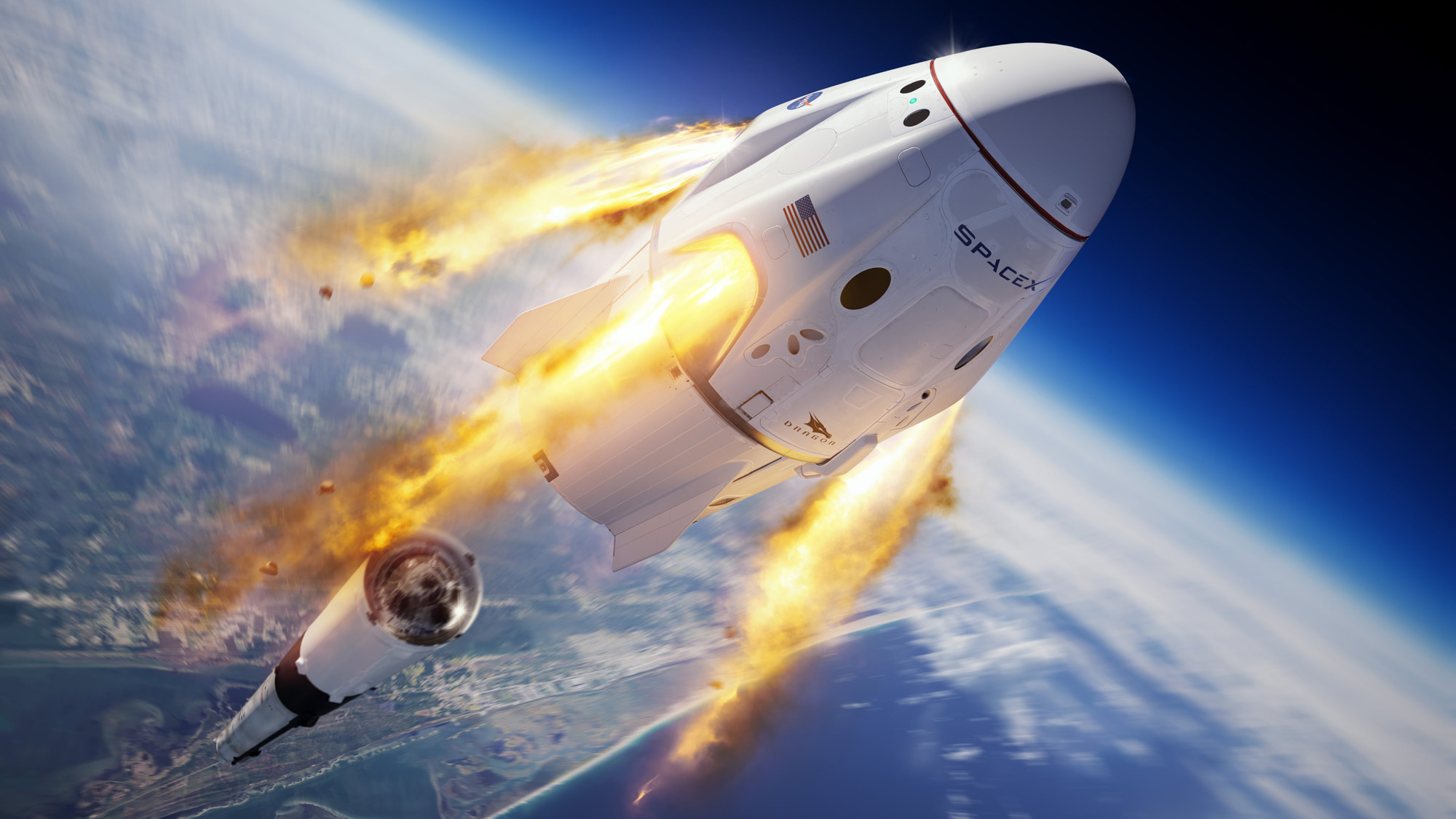
September 30th was planned to be a day of firsts for SpaceX as they set out to launch the Crew Dragon into space. However, this will not be the case as the mission was delayed due to engine trouble having been detected. The problem was highlighted during an attempt to launch the craft at Cape Canaveral.
Once the system was aware of the problem, it automatically scrapped off the last few seconds on the countdown. This, in turn, caused the launch sequence to abort 2 seconds before liftoff.
However, the delay doesn’t mean the mission has been scrapped completely, but only pushed to early November
What was the Cause of the SpaceX Launch Delay?
Soon after the aborted rocket launch, Elon Musk, SpaceX CEO, tweeted on the matter to help bring some perspective as to what happened. He stated that there was a rise in pressure detected in the gas generator, which was very unexpected.
It was critical to sort out the issue before attempting another launch. Nevertheless, the company still went ahead with the launch of another rocket (Falcon 9) a few days later on 6th October. This particular mission was a resounding success and managed to add 60 internet satellites from Starlink into orbit.
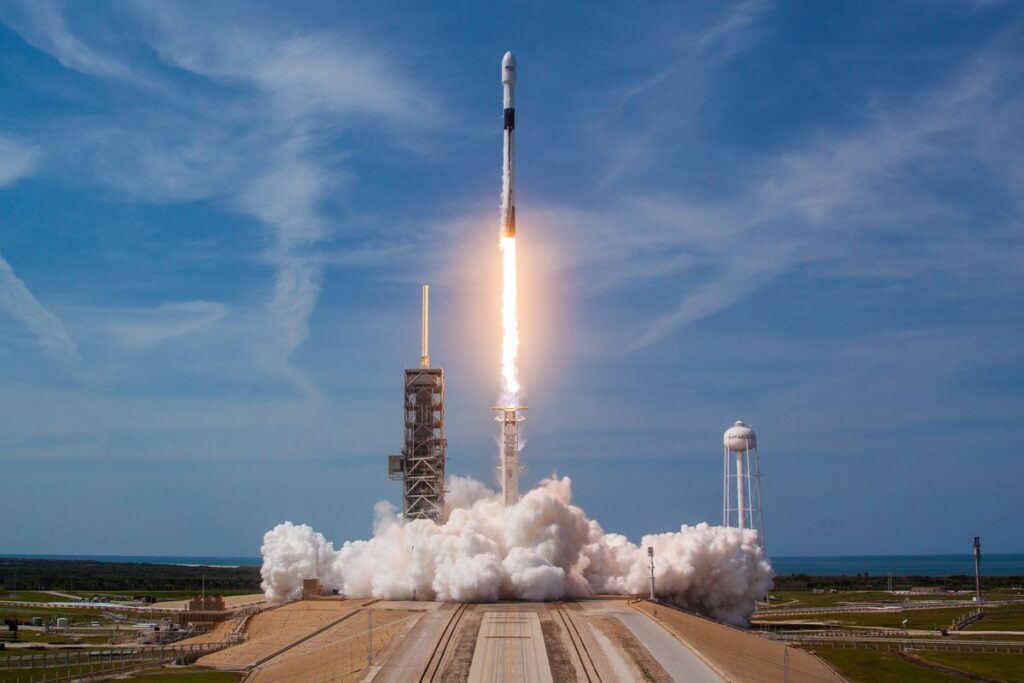
On the other hand, the other rocket’s delayed mission gives SpaceX time to correct the problem before attempting another launch. Additionally, they’ll get a chance to use the same type of rocket (Falcon 9) as was previously launched on the 6th. Also, their collaboration with NASA remains strong and will benefit them both immensely.
NASA Collaboration with SpaceX Benefits its Rocket Launch Attempts
Currently, NASA remains fully aware of all the strides SpaceX is making in data collection and rocket launch attempts. This strong relationship between them helps NASA to gain perspective into the commercialized system. Additionally, it helps them make better decisions in terms of the missions they undertake.
Furthermore, the company aims to work on regular test flights that are already in progress. Therefore, once the Crew Dragon is launched, it can initiate regular rotational missions to the International Space Station. The outcome of this means the end of the sole reliance of NASA on Russian crafts for transport to the station.
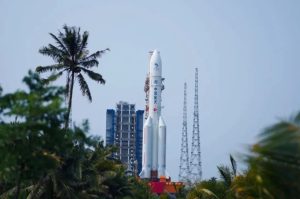
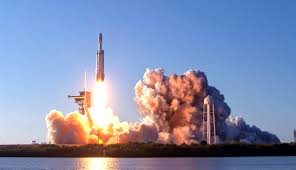



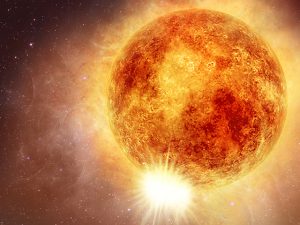
Thank you for your comment! It will be visible on the site after moderation.